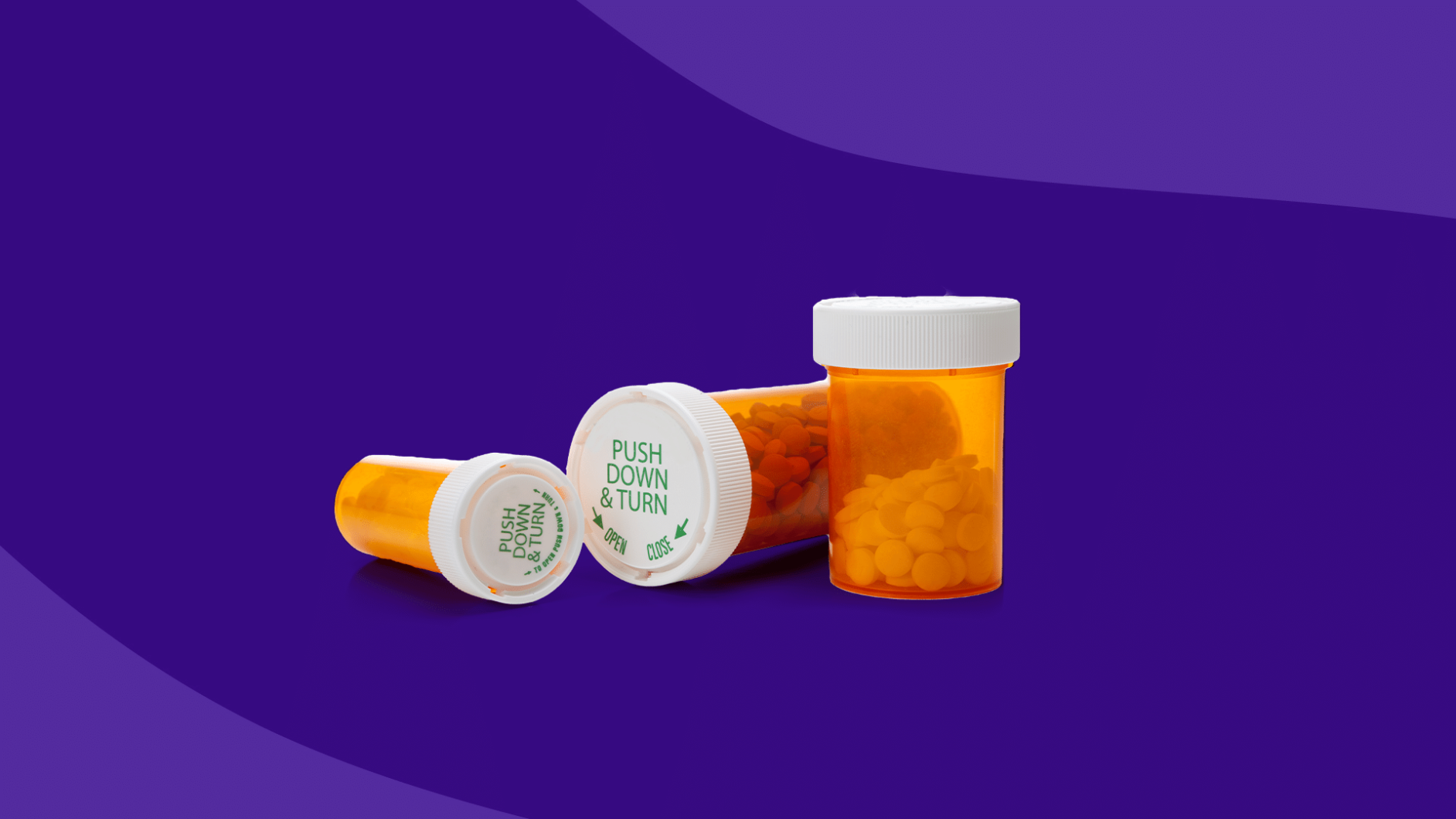Is meloxicam covered by insurance? | How much does meloxicam cost without insurance? | How to get meloxicam without insurance
Meloxicam is a generic prescription pain reliever. Like aspirin and ibuprofen, meloxicam is a nonsteroidal anti-inflammatory drug (NSAID). However, meloxicam is FDA-approved to only treat pain due to osteoarthritis, rheumatoid arthritis, and juvenile rheumatoid arthritis, so it’s a more specialized pain reliever than over-the-counter NSAIDs. People will take meloxicam oral tablets or capsules once daily for the shortest possible time because of potentially serious side effects. The risks are particularly significant for people with heart disease or gastrointestinal problems such as ulcers or heartburn. Oral tablets and capsules are not the only possible way to take meloxicam. A healthcare provider may inject meloxicam once daily for people who cannot take the medicine orally. Meloxicam costs a bit more than other prescription NSAIDs, but people without insurance can save money on their prescriptions.
Related: Meloxicam side effects
What is the brand name for meloxicam?
Healthcare providers typically prescribe generic meloxicam, though there is a brand-name version of meloxicam capsules (Vivlodex) and meloxicam injections (Anjeso). Mobic, an oral suspension version of meloxicam, and Qmiiz ODT, an orally dissolving tablet, are no longer sold in the U.S.
Is meloxicam covered by insurance?
Health insurance, Medicare Part D, Medicaid, VA, and Tricare typically cover meloxicam tablets for FDA-approved medical conditions. Coverage may vary. For instance, many plans that cover meloxicam tablets will not cover meloxicam capsules or oral suspensions, such as Blue Shield or Cigna’s Saver Plan for Medicare Part D. Most insurance companies place meloxicam tablets in their lowest copay tiers. Still, the final out-of-pocket cost will depend on other factors, such as coverage gaps or deductibles.
How much does meloxicam cost without insurance?
For uninsured patients, a 30-day supply of meloxicam (30, 15 mg tablets) will cost $130 on average. That works out to a little over $4 per tablet. The long-term cost is harder to calculate. The FDA warns prescribers to use meloxicam for the shortest possible duration because of the risk of serious side effects such as blood clots, heart attack, stroke, and gastrointestinal bleeding.
If meloxicam is difficult to purchase at the full cash price, ask the prescriber about alternative prescription NSAIDs for arthritis. Meloxicam’s retail price is high for generic versions of prescription NSAIDs. Most of the alternatives are cheaper. The lowest-priced prescription NSAID is indomethacin. A 15-day supply (30, 50 mg tablets) costs about $27, or less than one dollar per tablet or two to three dollars per day, depending on the dosage. Other lower-cost alternatives include nabumetone, sulindac, ketoprofen, piroxicam, and flurbiprofen.
Over-the-counter NSAIDs such as aspirin, ibuprofen, and naproxen are possible alternatives, but they may not be powerful enough to treat moderate to severe pain due to arthritis. Ask the prescribing healthcare provider for medical advice before switching pain relievers.
RELATED: Meloxicam alternatives: What can I take instead of meloxicam?
Compare Mobic (meloxicam) prices to related drugs |
|||
|---|---|---|---|
| Drug name | Price without insurance | SingleCare price | Savings options |
| Meloxicam | $133 per 30, 15 mg tablets | $3 per 30, 15 mg tablets of generic meloxicam | See latest prices |
| Nabumetone | $97 per 60, 750 mg tablets | $12 per 60, 750 mg tablets of generic nabumetone | See latest prices |
| Celecoxib | $203 per 30, 200 mg capsules | $4 per 30, 200 mg capsules of generic celecoxib | See latest prices |
| Naproxen | $66 per 60, 500 mg tablets | $4 per 60, 500 mg tablets of generic naproxen | See latest prices |
| Ibuprofen | $32 per 30, 800 mg tablets | Under one dollar per 30, 800 mg tablets of generic ibuprofen | See latest prices |
Prescription drug prices often change. These are the most accurate medication prices at the time of publishing. The listed price without insurance references the price of brand-name drugs (unless otherwise specified). The listed SingleCare price references the price of generic drugs, if available. Click the “Savings options” link to see the latest drug prices.
How to get meloxicam without insurance
Meloxicam can be challenging to budget for at a retail price of $130 per month. Patient assistance programs are typically not offered for generic drugs like meloxicam. Other alternatives, starting with discount meloxicam prices, are available with a free coupon from SingleCare.
1. Purchase meloxicam for as low as $3 with a SingleCare savings card
The price of meloxicam can be as low as $3 for a 30-day supply for people with a SingleCare discount card. Discount prices will vary by participating pharmacies.
2. Look for the lowest price
Depending on the pharmacy, Meloxicam can cost as little as $13 for a 30-day supply. Start price shopping with SingleCare’s price history table for meloxicam. Then turn to SingleCare’s pharmacy finder to locate the nearest store.
3. Ask the prescriber about other prescription NSAIDs
Meloxicam is not the only treatment option for arthritis. Other prescription NSAIDs are lower-priced, so ask the prescribing healthcare provider for medical advice about switching to these lower-cost alternatives.
4. Ask the prescriber about over-the-counter pain relievers
Over-the-counter pain relievers may be a viable substitute for a prescription NSAID. OTC NSAIDs include ibuprofen and naproxen. Medications like acetaminophen (Tylenol) can also be effective for arthritis pain and don’t have the same side effects as NSAIDs.
5. Sign up for Medicaid or Medicare Low Income Subsidy
Both Medicaid and Medicare Low Income Subsidy are designed to reduce out-of-pocket costs to zero or next to zero for eligible patients. Find out if you qualify by visiting your state’s Medicaid website or talking to a local healthcare department.











